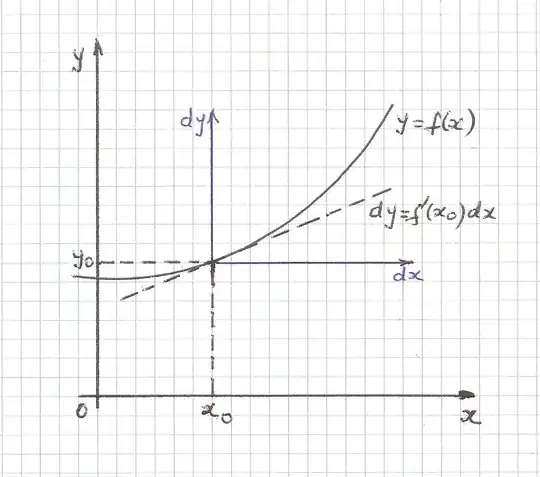What is a differential? And how is it useful? What is its practical use?
For example, in Electromagnetic Wave Theory as it pertains to diffraction gratings, we have an equation like this one: $$d_s\sin(\theta) = m\lambda.$$
(Not important, but in case you're curious: $d_s$ is the distance between slits in the grating, $\theta$ is an approximate angle at which light bends through each slit of the grating, $\lambda$ is the wavelength of the light passing through the gradient, and $m$ is the number of wavelengths by which distances traveled by one ray from one slit differ from an adjacent slit.)
My physics book says that the differential of the above mentioned equation is $$d_s \cos(\theta)d\theta = md\lambda$$ (without confusing the single $d_s$ (distance) with the ones in $d\theta$ and $d\lambda$).
What does this mean and how is it useful? I am trying to understand the concept behind the differentials more so than the physics so that I may later make sense of the physics.
EDIT: In user6786's question, user6786 states that "according to the formula $dy=f'(x)dx$ we are able to plug in values for $dx$ and calculate a $dy$ (differential)". I'm trying to see how that works.
